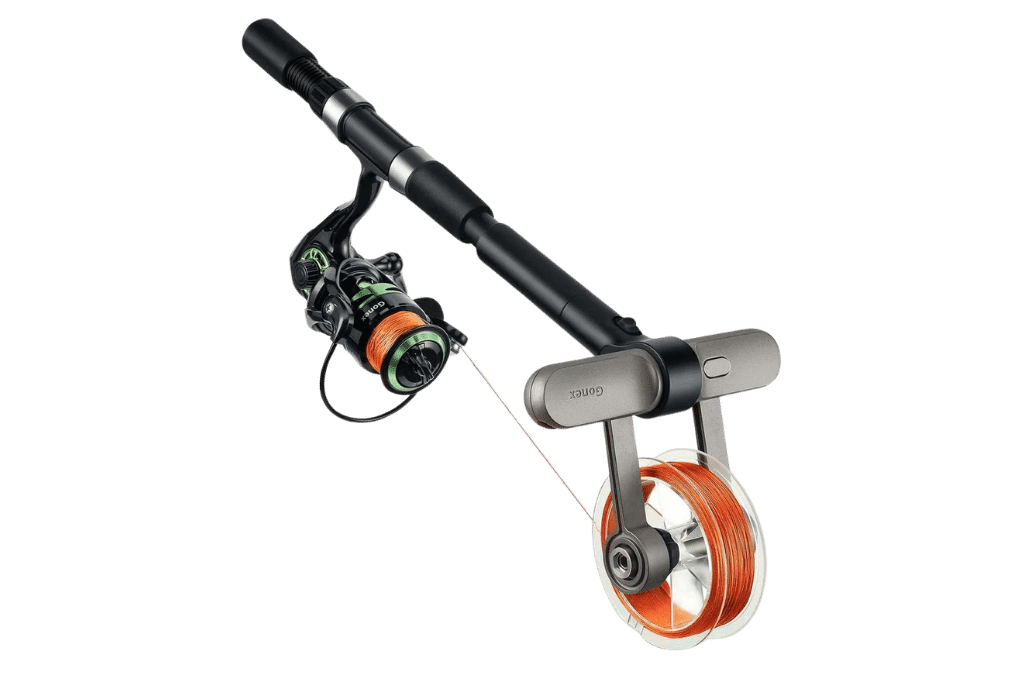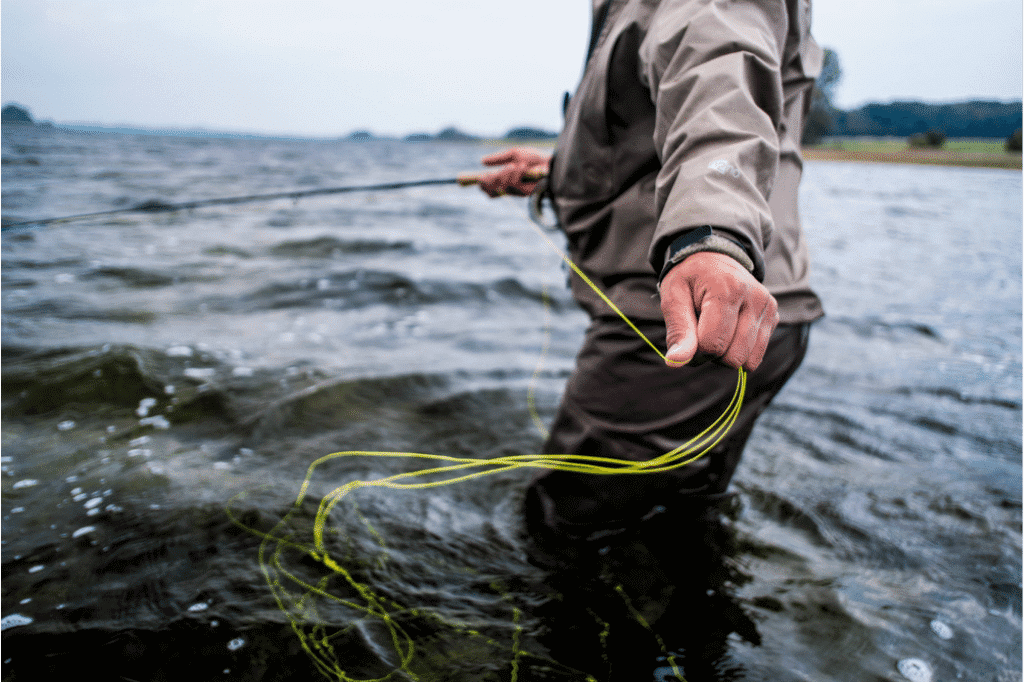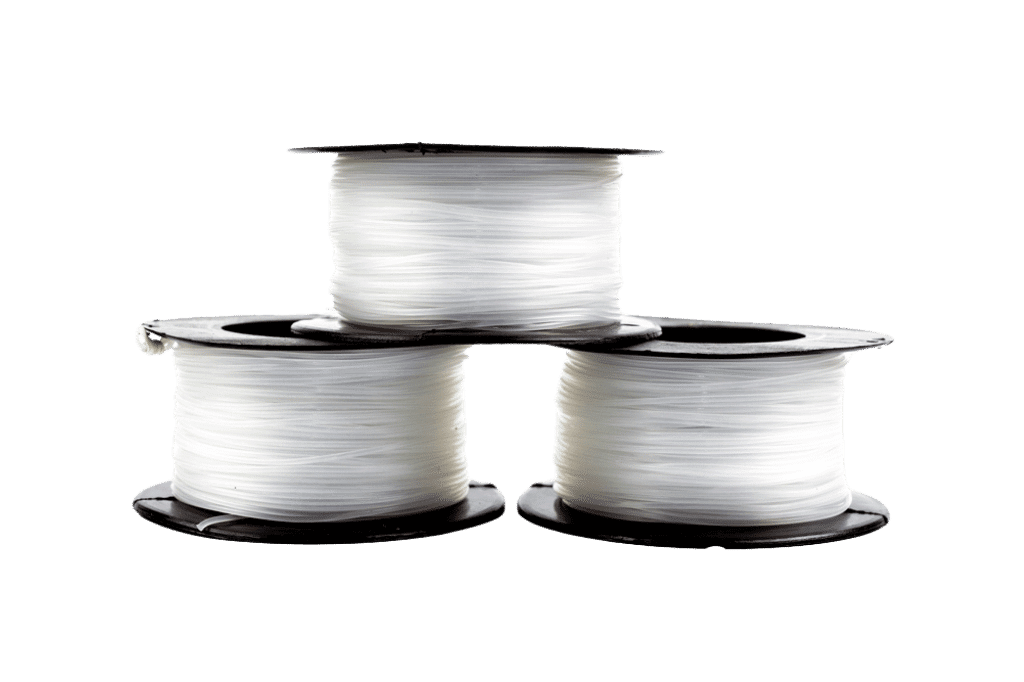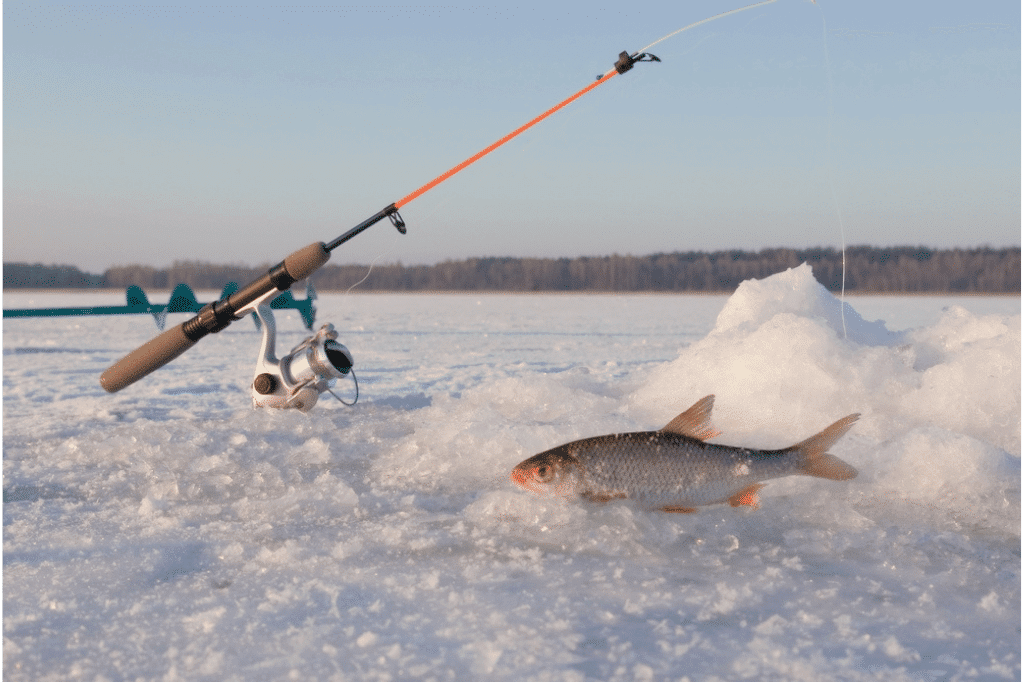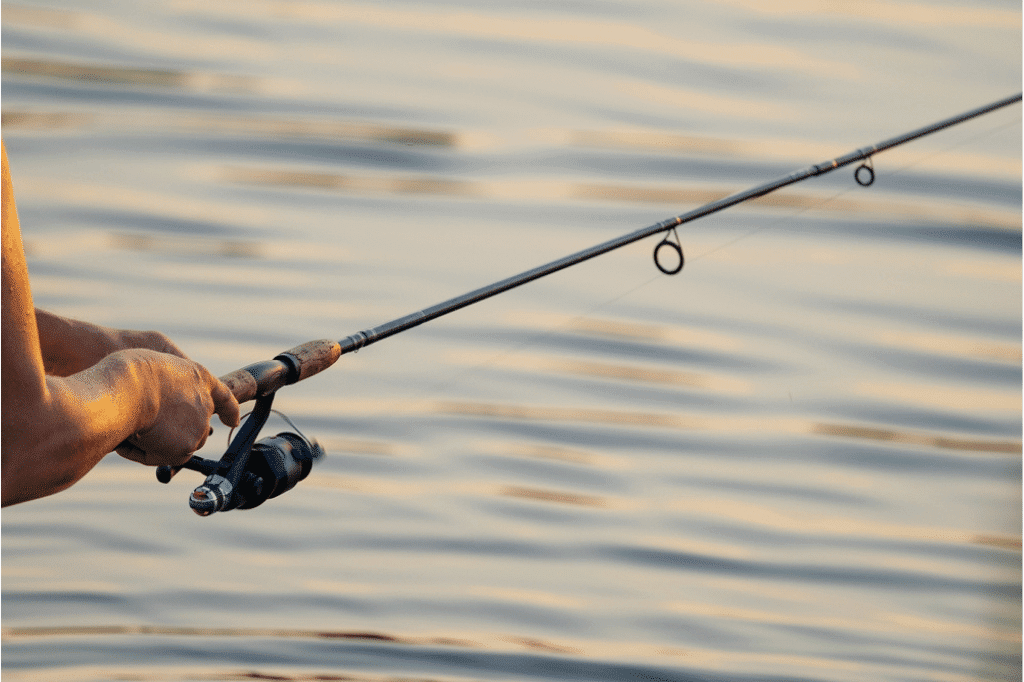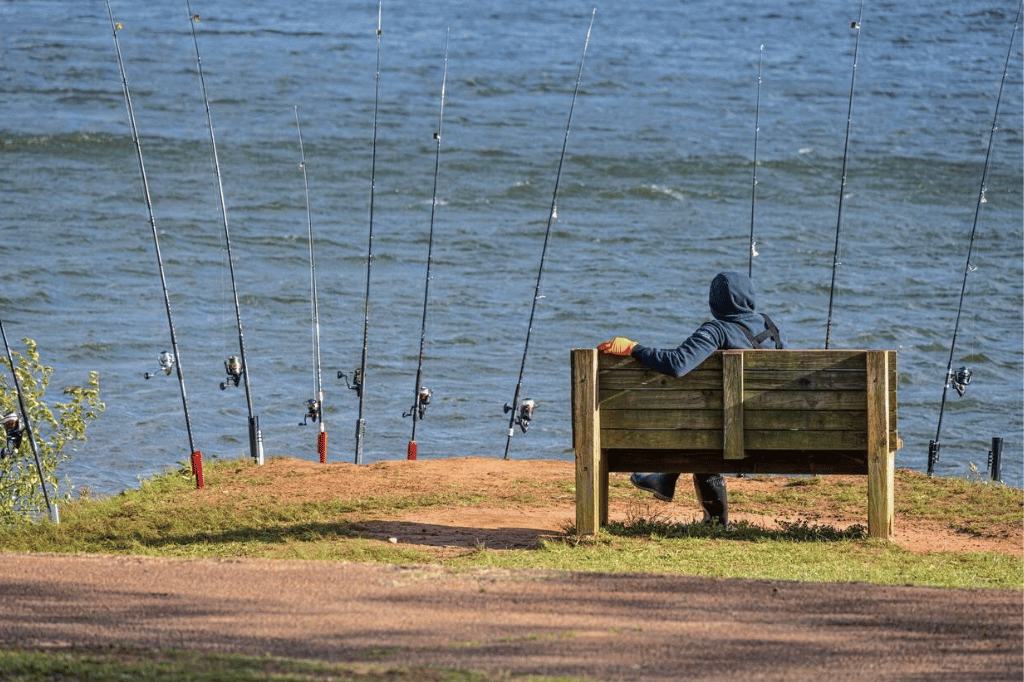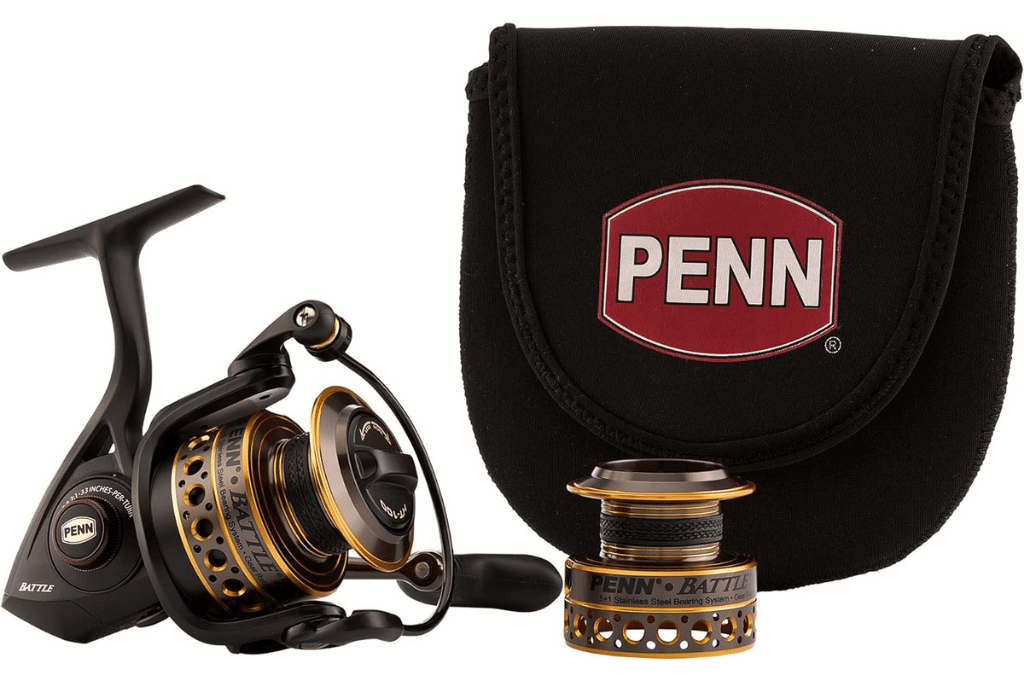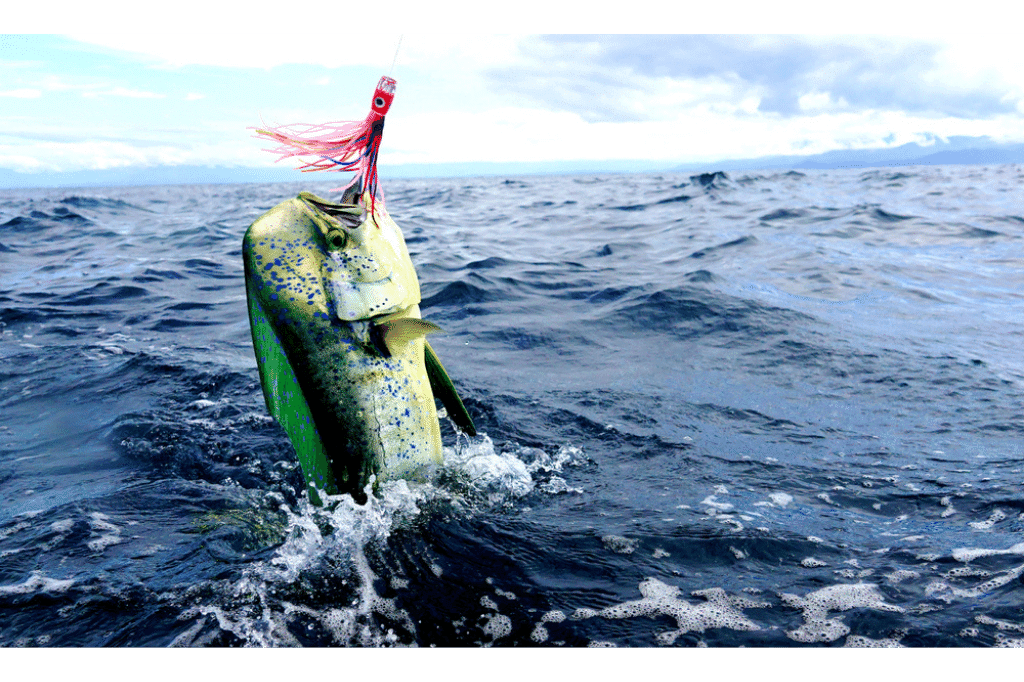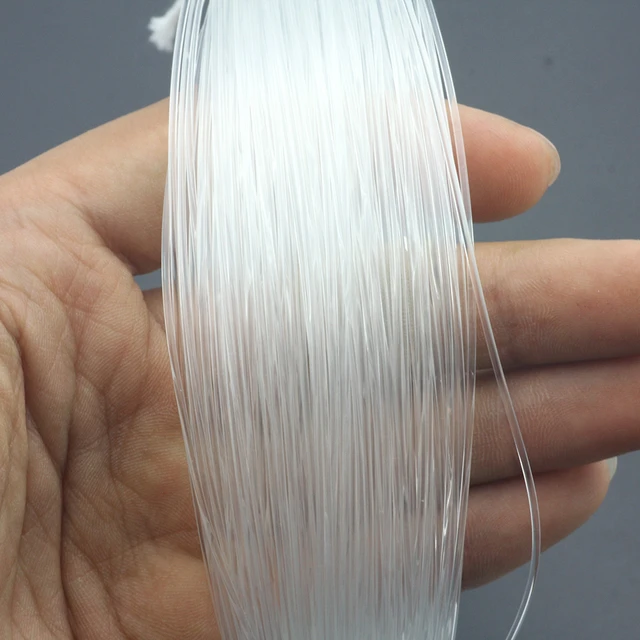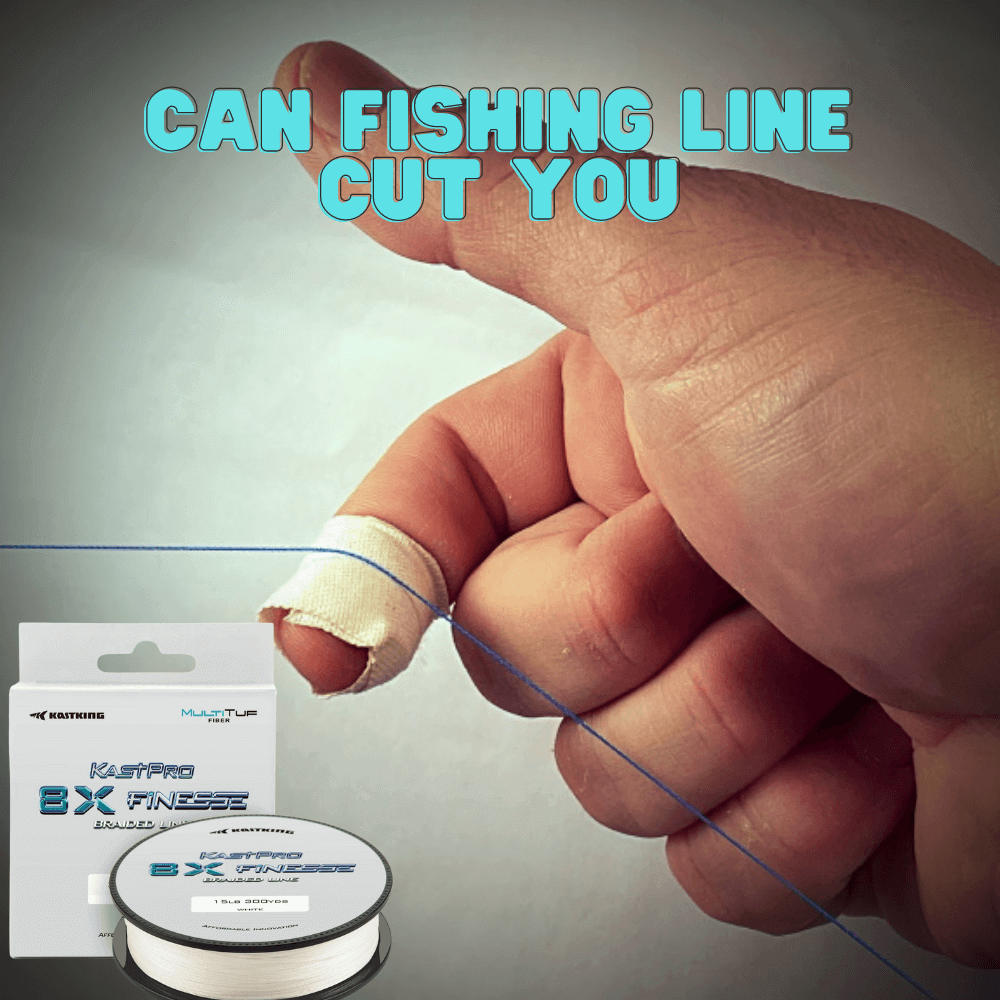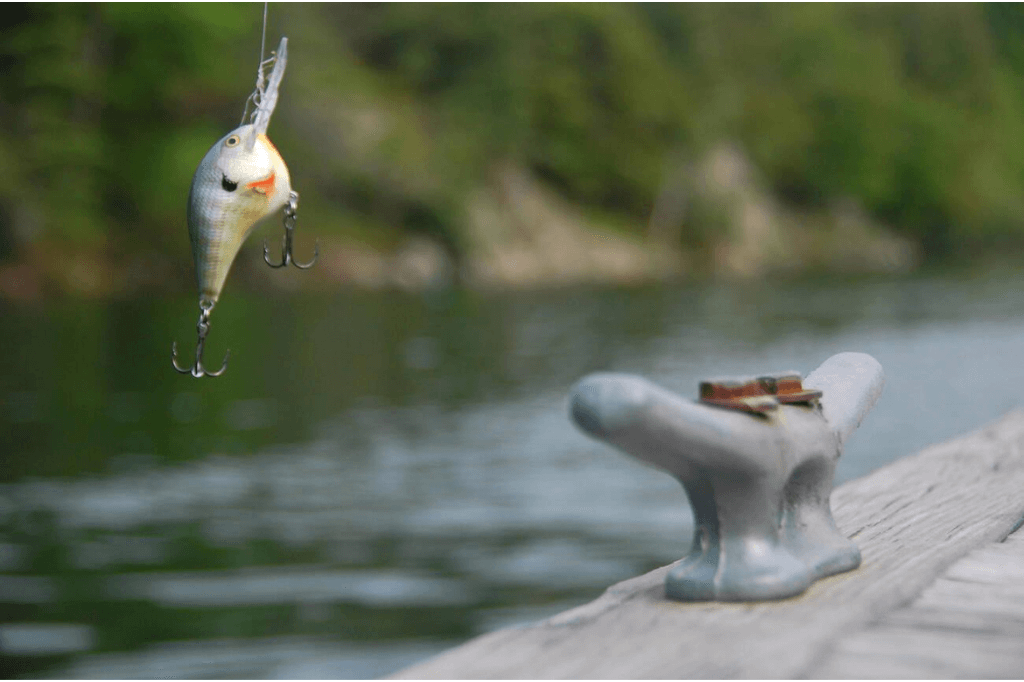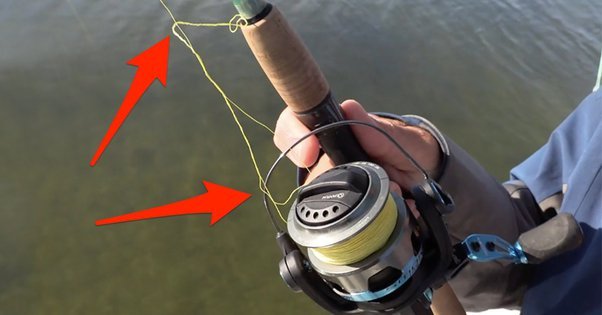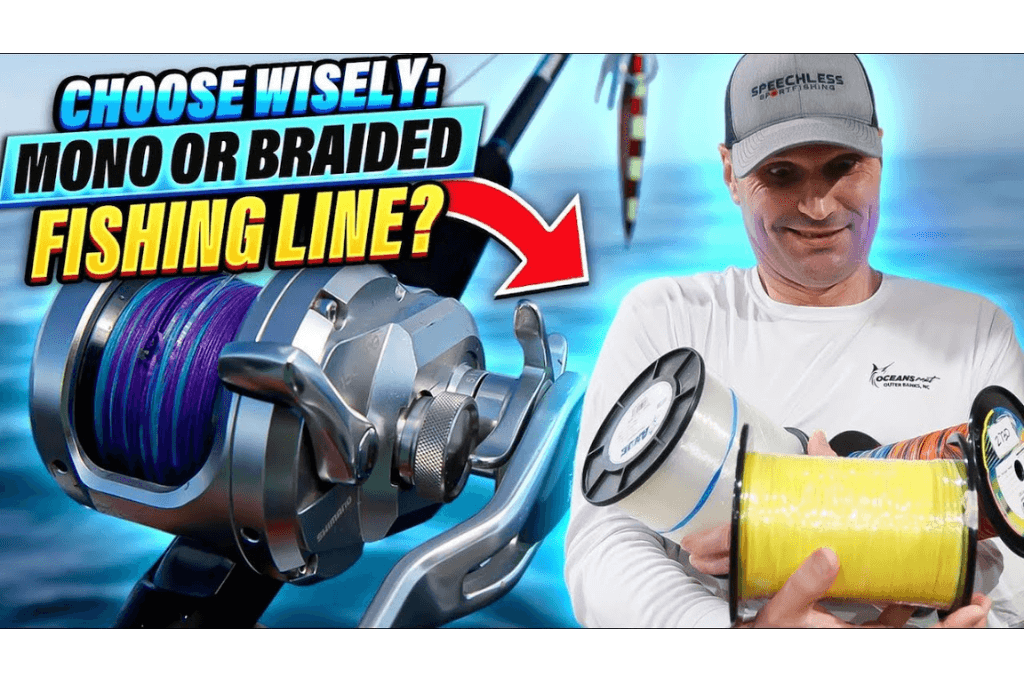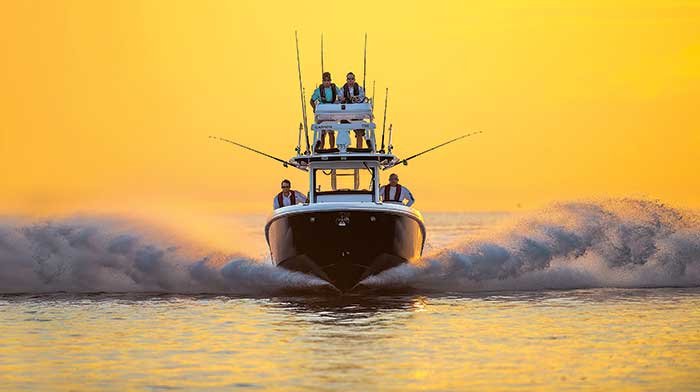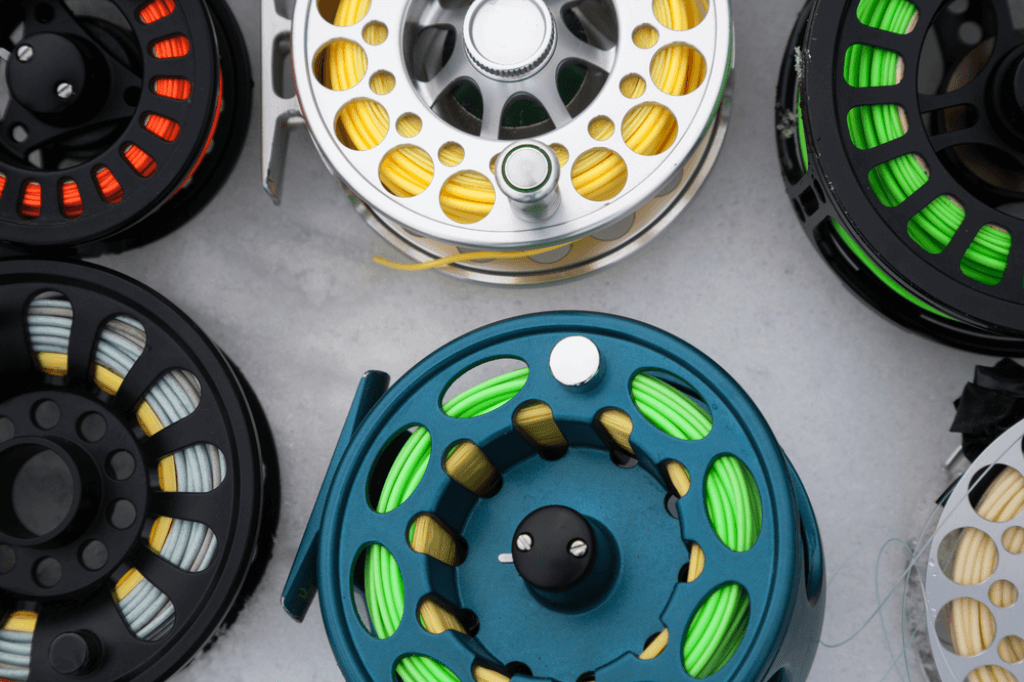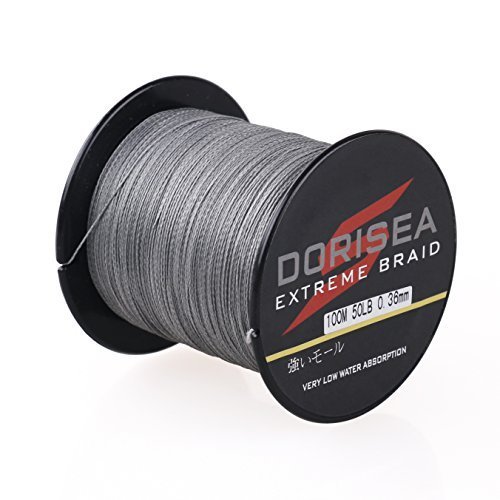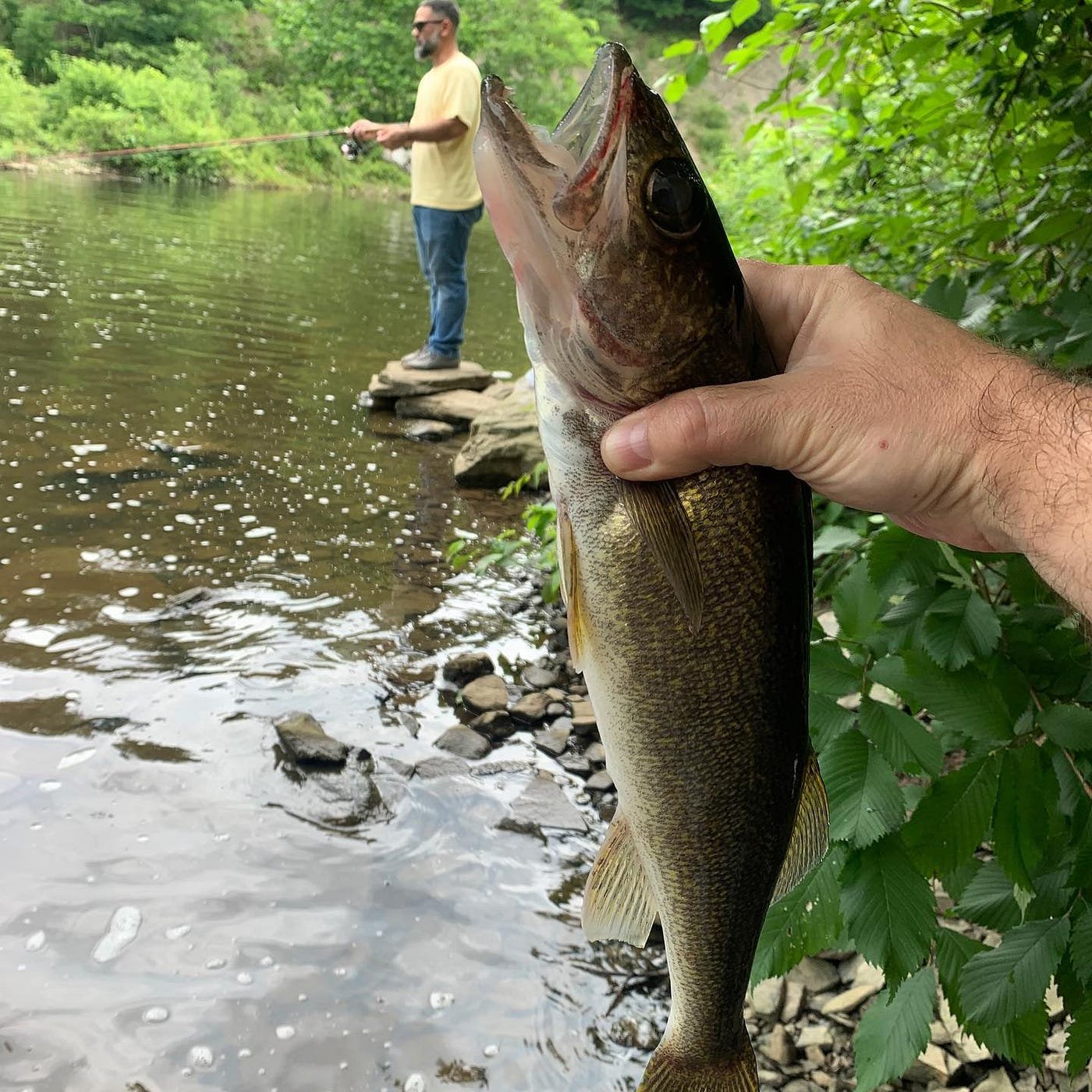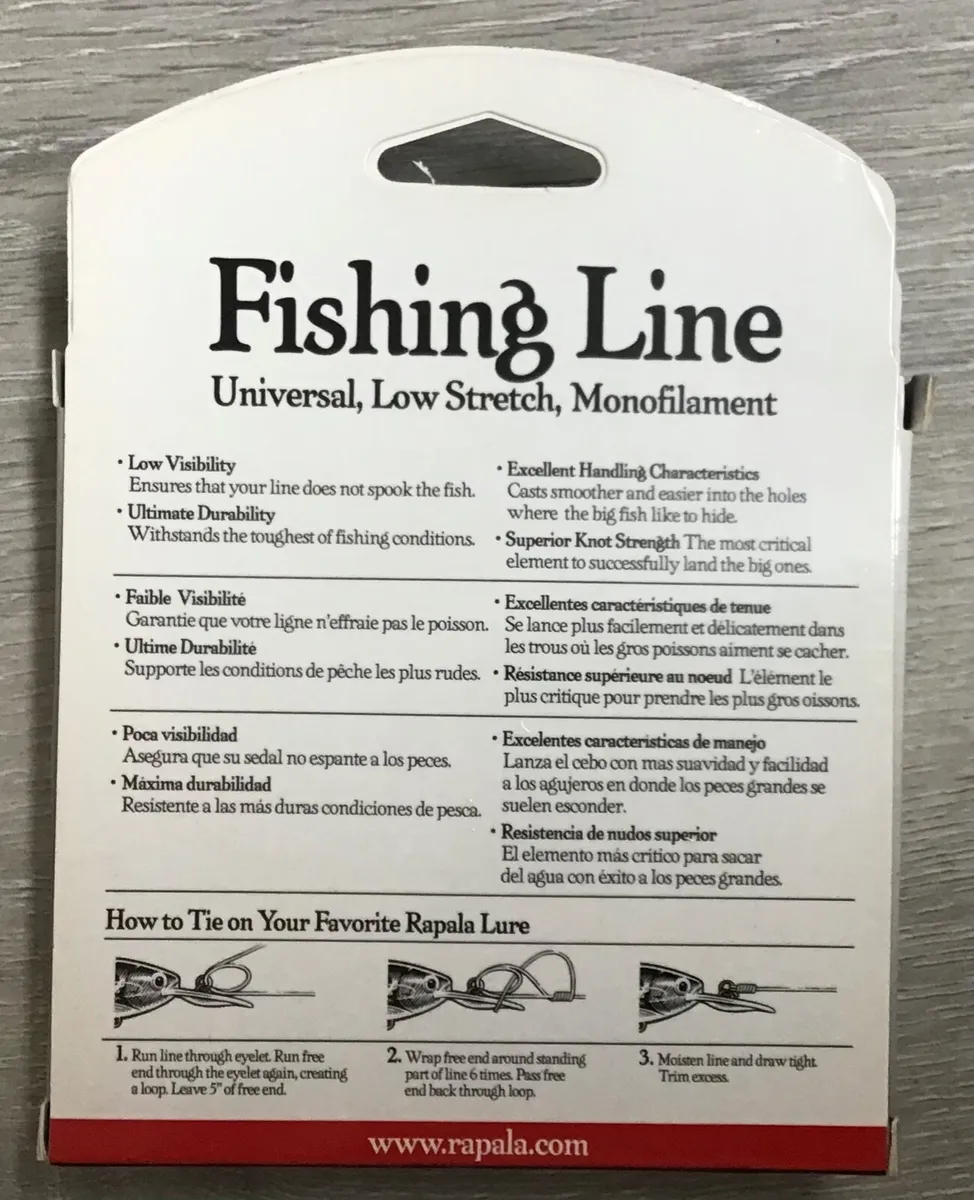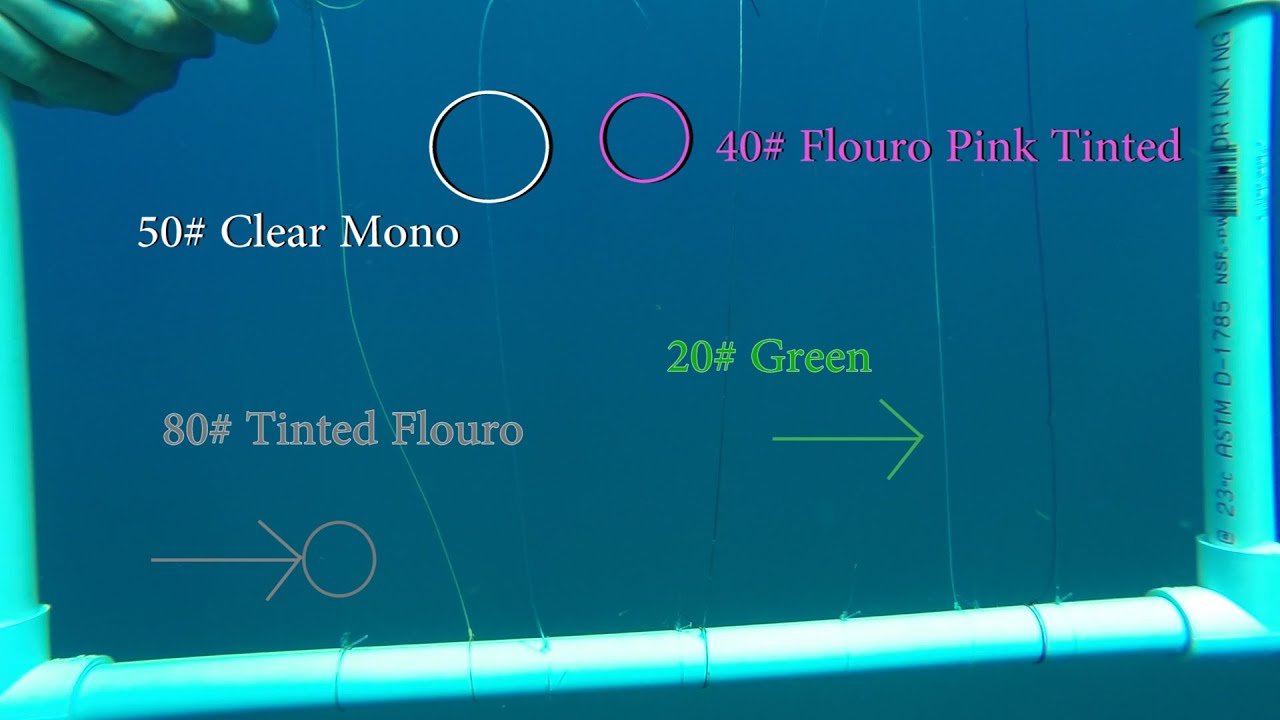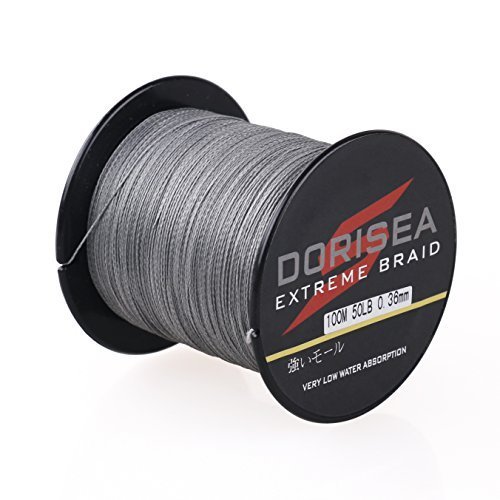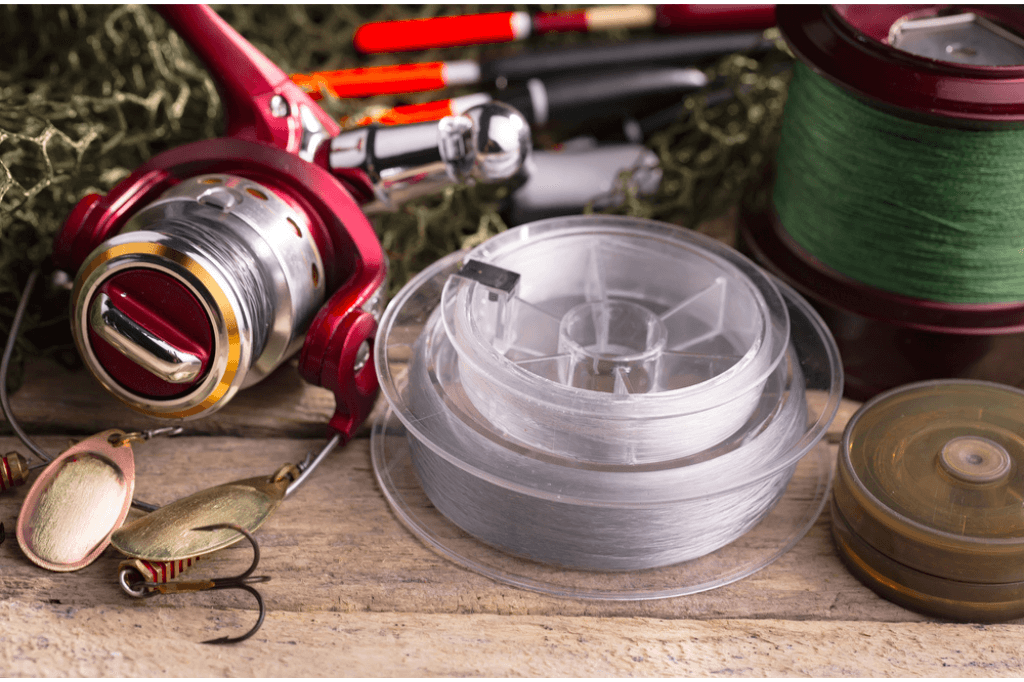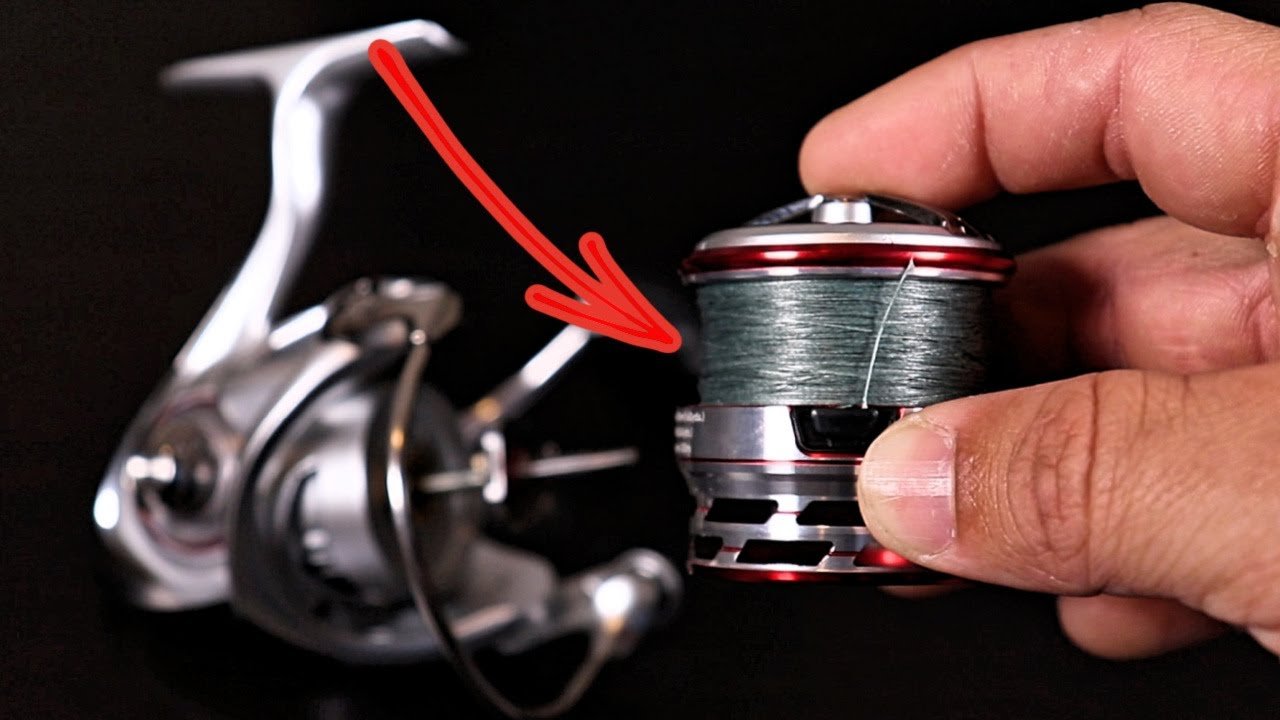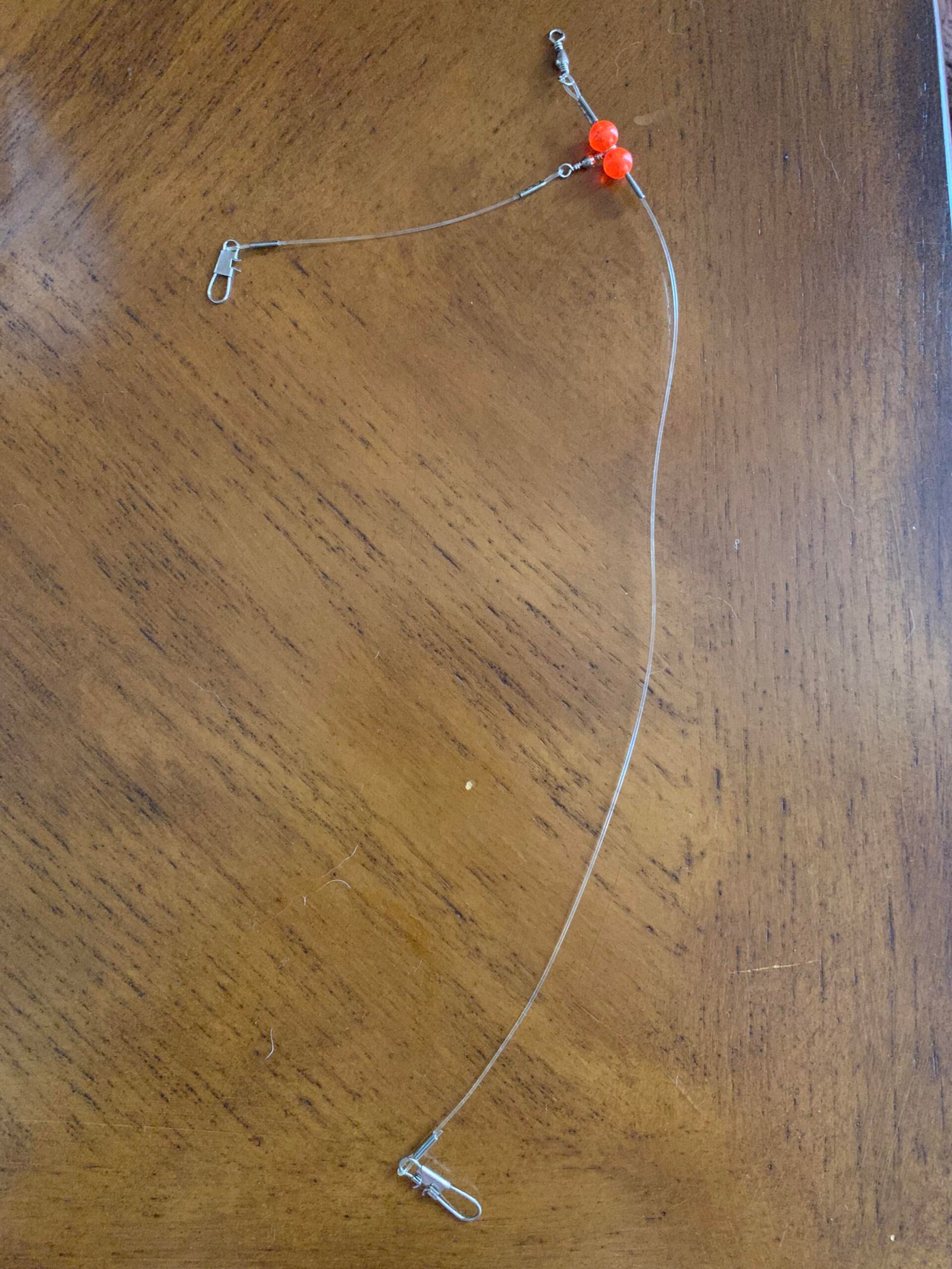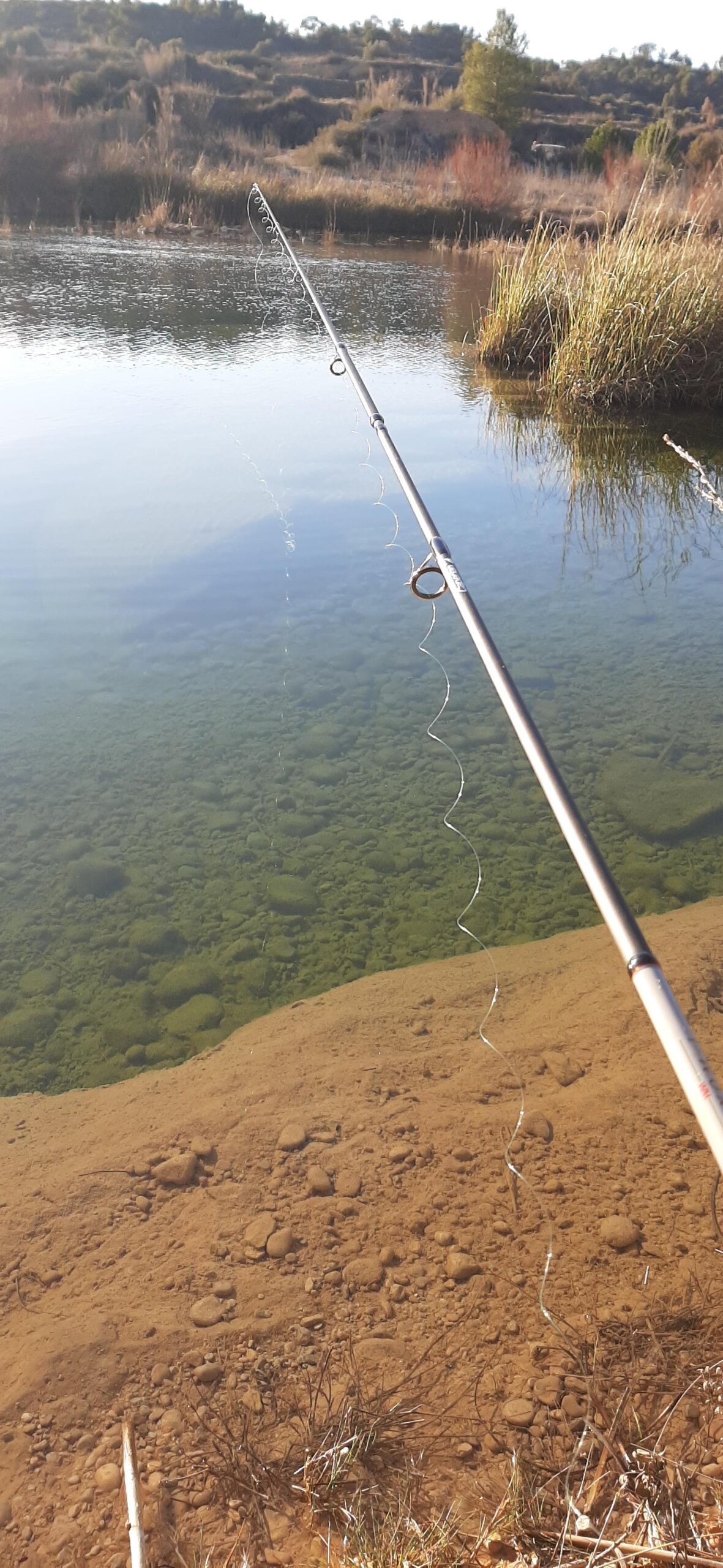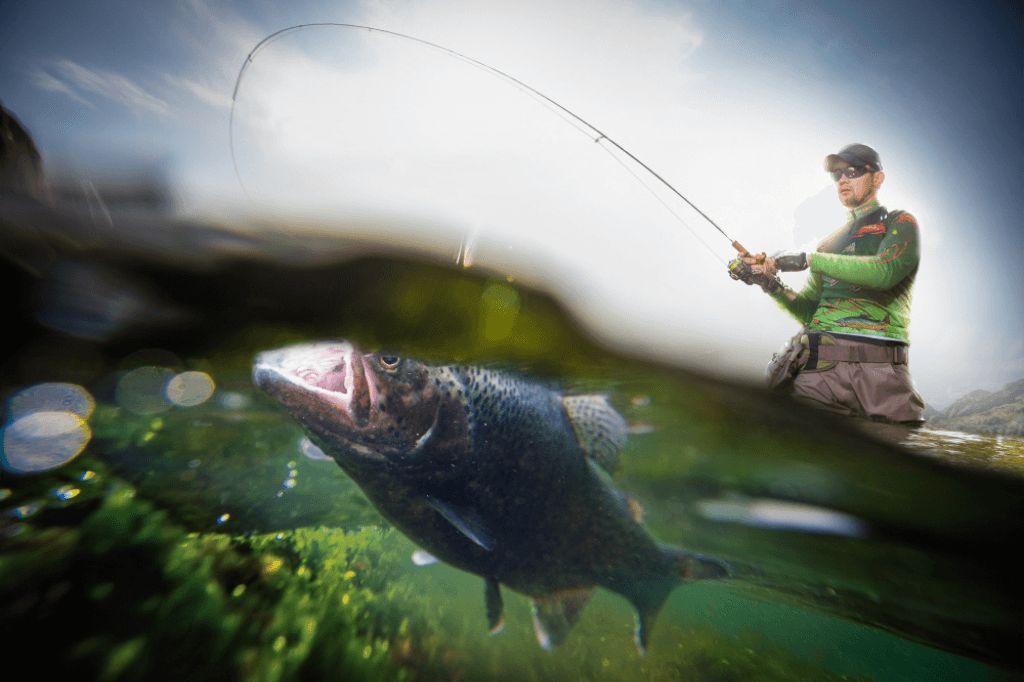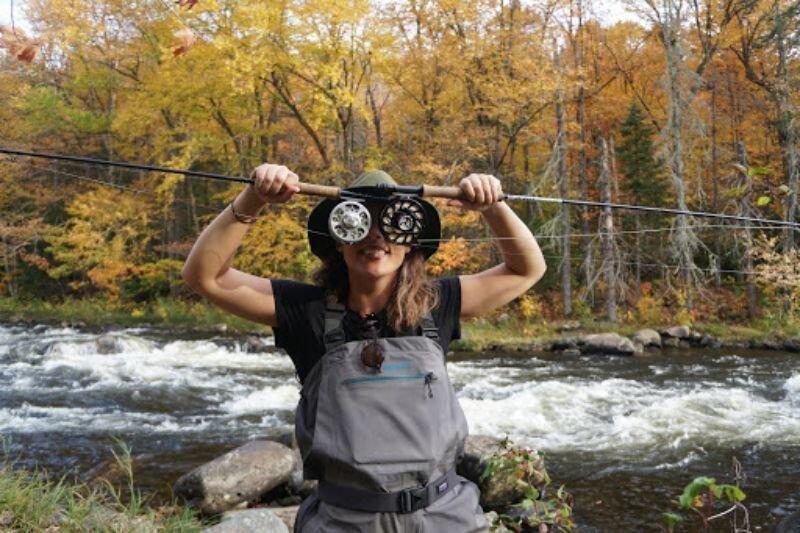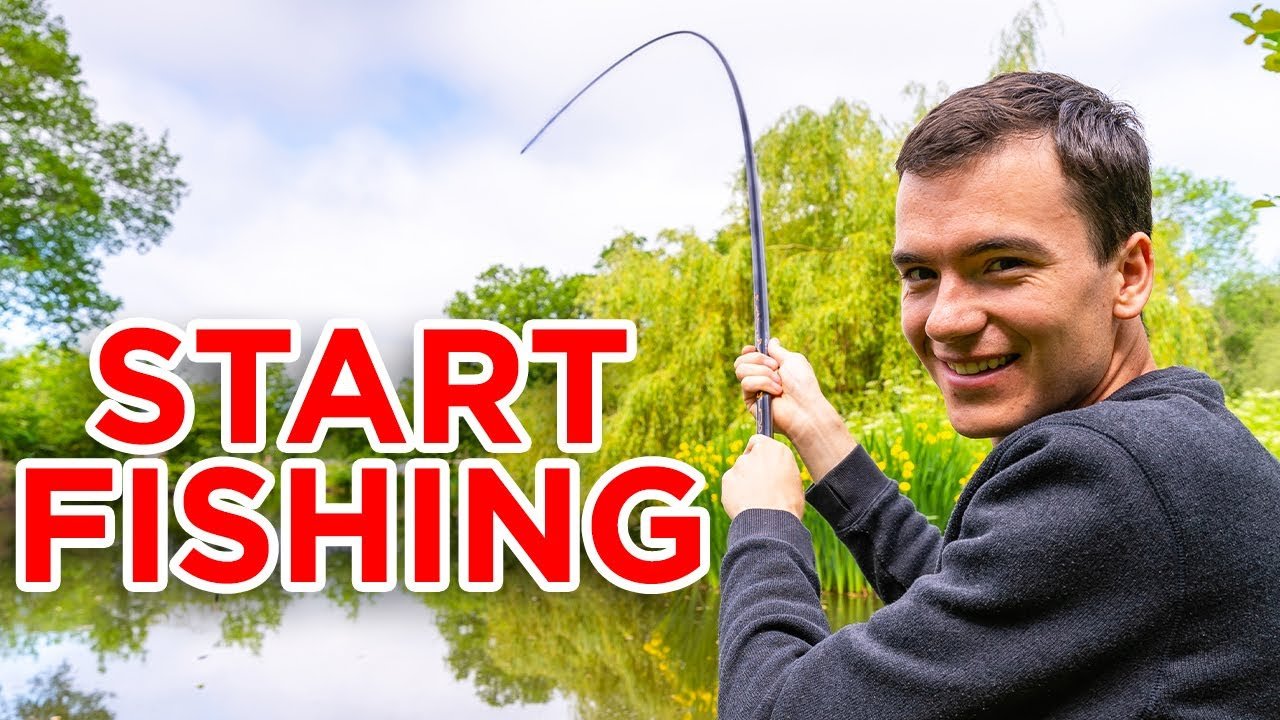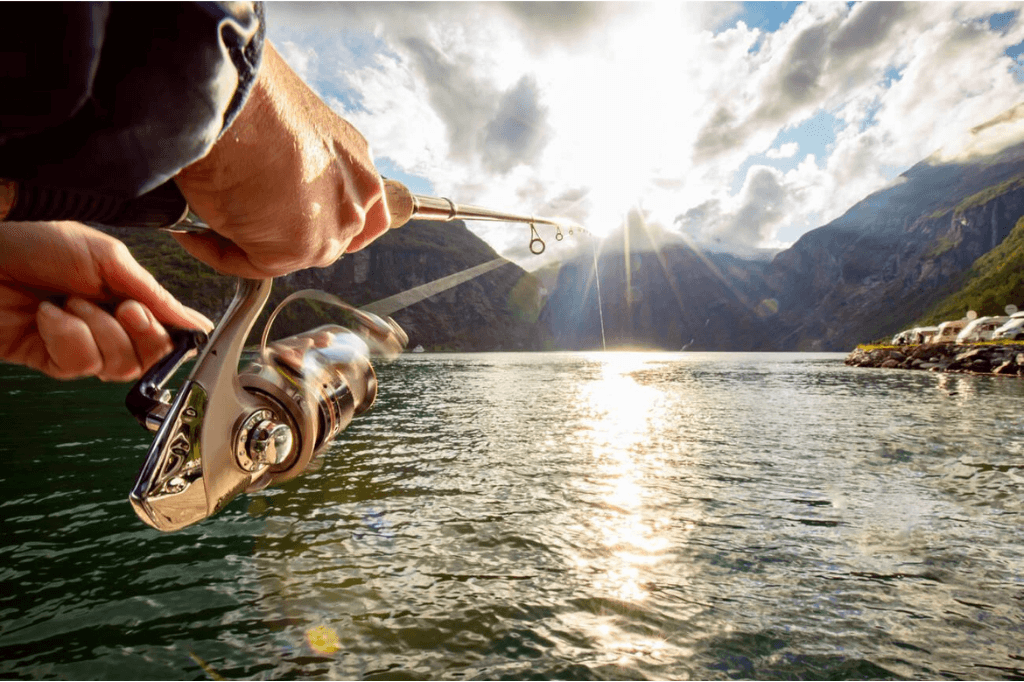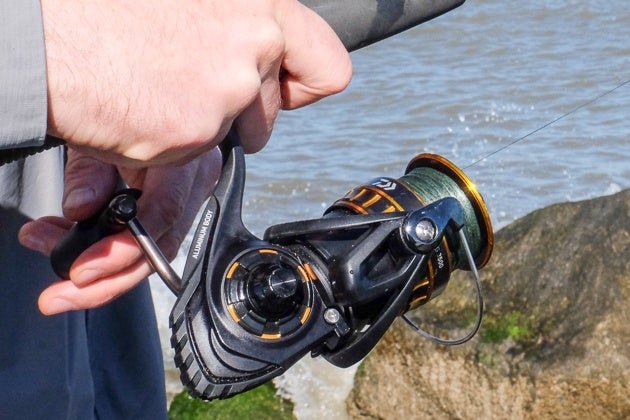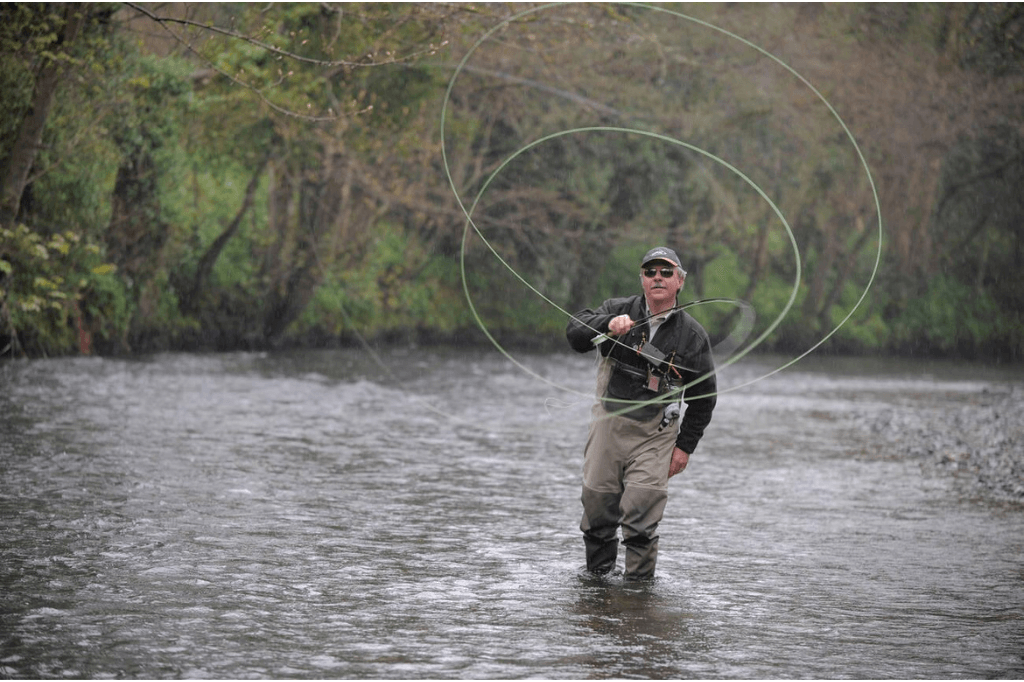Monofilament, a favorite among fishermen for decades, combines affordability with a range of diameters and tensile strengths, making it suitable for various fishing conditions. Its stretchiness can be an advantage, as it absorbs some of the shock from aggressive fish strikes, potentially preventing the line from snapping.
Although newer materials like braided and fluorocarbon lines offer alternatives with different properties, such as less stretch or greater underwater invisibility, monofilament remains popular due to its well-balanced performance and cost-effectiveness. Offering a good all-around choice for recreational and professional anglers alike, the versatility of monofilament fishing line makes it a staple in any tackle box.
The Evolution Of Fishing Line
From Hand lines To High Tech
Early anglers relied on hand lines crafted from materials found in nature. Leaves, plant stalks, and animal parts became the first tools for catching fish. During the 17th century, lines made from silk and horsehair gained popularity, but they had limitations. Silk would rot if not dried, and horsehair had low breaking strength.- Silk Lines: Strong for their weight, but not durable.
- Horsehair Lines: Biodegradable, yet weak.
Monofilament’s Dominance In Modern Fishing
Monofilament fishing line, made from a single strand of material, has dominated the fishing world for decades. The material’s properties cater to a wide variety of fishing scenarios. Anglers choose monofilament for its knot strength, abrasion resistance, and ability to stretch under load.| Feature | Benefit |
|---|---|
| Knot Strength | Secures the catch with reliable knots. |
| Abrasion Resistance | Withstands wear and tear against underwater obstacles. |
| Stretchability | Absorbs shocks, reducing the risk of breaking. |

Credit: www.amazon.com
What Is Monofilament Fishing Line?
Material And Manufacture
Monofilament lines are made from single-fiber plastics. Manufacturers extrude this material through tiny holes, creating long strands. They cool it down to form stable lines. The most common plastic used is nylon, but blends with other materials can alter the line’s properties.Characteristics That Set It Apart
- Stretchiness: Allows for error forgiveness during a catch.
- Color and Visibility: Comes in various hues to match water conditions.
- Floating Qualities: Ideal for topwater lures due to its buoyancy.
- Knot Strength: Holds knots well under tension.
Advantages Of Monofilament For Anglers
Monofilament fishing line has remained a favorite choice among anglers for decades. Its unique features offer an unmatched balance of flexibility, durability, and ease of handling. We explore why this classic fishing line continues to be a staple in tackle boxes worldwide.
Ease Of Use
Monofilament lines win big on user-friendliness. They are easy to tie knots with and are well-suited for beginners and seasoned fishermen alike. Tying a secure knot is crucial in fishing, and monofilament’s forgiving nature ensures knots hold tight with less chance of slippage.
Versatility Across Environments
- Adapts to various waters: Fresh or salt, murky or clear, monofilament lines perform consistently.
- All-weather compatibility: Effective in warm and cold temperatures, anglers trust its reliability.
Forgiveness And Stretch
Monofilament lines boast a significant stretch factor, which is a critical advantage when battling a fish. This elasticity acts as a shock absorber, reducing the risk of line breakage during sudden or aggressive movements by fish. Below is a quick comparison chart highlighting monofilament’s benefits:
| Feature | Benefit |
|---|---|
| Knot-friendliness | Secure, easy-to-tie knots |
| Stretch | Acts as a shock absorber |
| Versatility | Suits various fishing conditions |
Selecting The Right Monofilament
Introductory Paragraph
Understanding Test Strength
Understanding Test Strength
- Match line strength to the target fish species.
- A heavier pound test is better for larger, stronger fish.
- Lower test lines are suitable for smaller, agile fish.
Choosing Line Diameter and Color
Choosing Line Diameter And Color
| Diameter | Advantages |
|---|---|
| Thicker Line | More durable, less likely to break |
| Thinner Line | More stealthy, better casting |
Monofilament for Different Fish Species
Monofilament For Different Fish Species
- For bass, opt for medium-strength lines with stealth.
- When catching trout, choose thinner lines for their invisibility.
- For catfish, go with high abrasion resistance and toughness.
Expert Tips On Using Monofilament
Knots And Tying Techniques
Proper knots ensure a successful catch. Monofilament’s flexibility allows for various knot styles. The Improved Clinch Knot is a popular choice. It’s easy yet strong. Practicing your knots will lead to quick, reliable knotting in the field.- Make five wraps for the clinch knot.
- Wet the line. It reduces friction and preserves line strength.
- Test every knot before casting. It prevents unwanted surprises.
Optimal Rod And Reel Pairings
The right rod and reel combination enhances monofilament performance. A medium-light rod with a matching reel suits most situations. Balancing rod action with reel size is crucial. This balance offers better sensitivity and control.| Line Weight | Rod Action | Reel Size |
|---|---|---|
| 2-4 lbs | Ultra Light | 1000-2000 |
| 6-12 lbs | Medium | 2500-3500 |
| 14+ lbs | Heavy | 4000+ |
Casting And Retrieval Mastery
Casting with monofilament demands finesse. Avoid forceful throws. A smooth, controlled cast maximizes distance and accuracy. During retrieval, vary your technique. Alter speed and pauses based on fish behavior. Watch your line. Its stretch can cushion strikes, so stay alert to subtle changes.- Practice casting in open water.
- Focus on wrist movements. They add precision.
- Maintain line tension during retrieval for better hook sets.
Maintenance And Longevity Of Your Line
Cleaning And Storage Solutions
Regular cleaning and correct storage of your monofilament line are key. Follow these simple steps to ensure it stays in perfect shape:- Rinse the line after every use to remove salt, dirt, and debris.
- Use mild soap and warm water for a deeper clean.
- Avoid direct sunlight and store in a cool, dry place.
- Keep the line on a reel or use a line keeper for tangle-free storage.
When To Replace Your Monofilament Line
Monofilament line isn’t made to last forever. Watch for these signs to know it’s time for a fresh spool:- Noticeable frays or nicks in the line.
- The line feels stiff or brittle.
- Memory effect causes kinks or coils that persist.
- Faded or discolored sections suggest weakening.
Common Challenges And Solutions
Line Memory Issues
Monofilament lines often retain shapes, causing pesky coils or kinks. This phenomenon is known as line memory. It inhibits casting distance and accuracy.- Use line conditioner – Apply a line conditioner to reduce memory.
- Choose low-memory line – Opt for brands that offer low-memory options.
- Regular replacement – Replace your lines periodically to maintain peak performance.
Addressing Abrasion And Wear
Frequent contact with rocks, logs, and other structures can wear your line down, leading to breaks.- Inspect your line regularly for any signs of wear or fraying.
- Use thicker lines in areas with heavy cover to resist abrasion.
- Invest in a line with built-in abrasion resistance for longer durability.
Preventing Line Twist
Line twist affects lure action and causes tangles. Here are easy fixes:| Solution | Action |
|---|---|
| Manual Spooling | Ensure correct spooling technique when adding line to your reel. |
| Quality Swivels | Use high-quality swivels to prevent twists from spreading up the line. |
| Lure Inspection | Regularly check lures for balance and damage, replacing when necessary. |
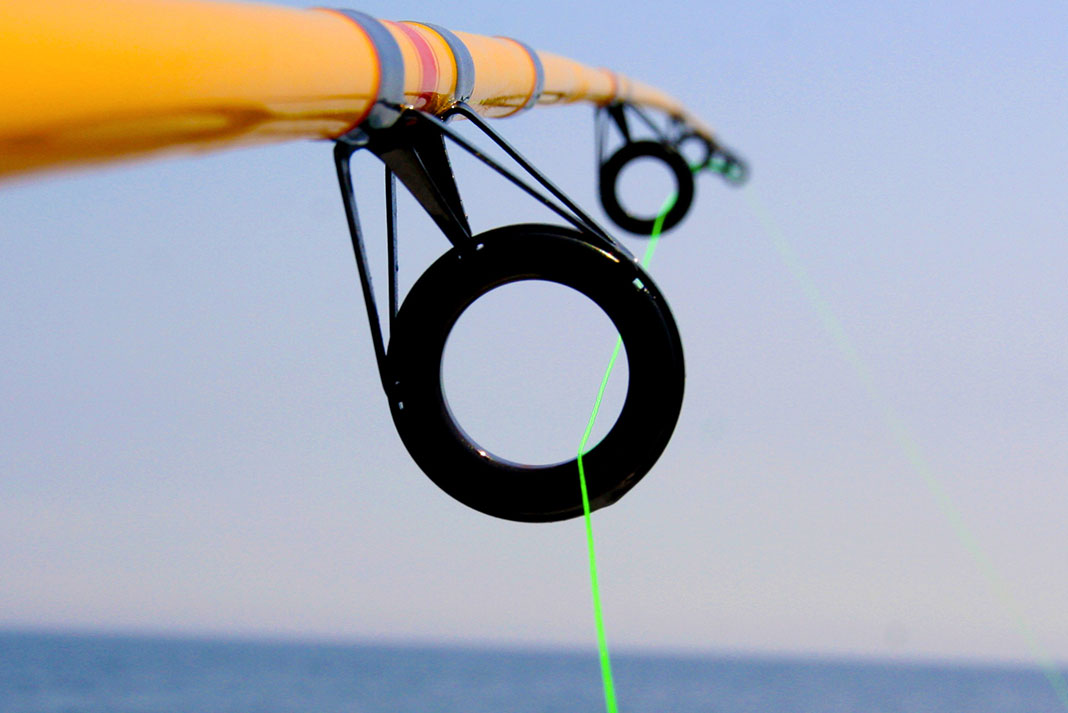
Comparing Monofilament To Alternatives
Monofilament Vs. Braided Lines
Monofilament lines, often called mono, are single-strand fishing lines. They are known for their versatility and are widely used by anglers worldwide. Unlike mono, braided lines consist of multiple strands woven together. This structure makes them more durable and stronger than monofilament.| Feature | Monofilament | Braided |
|---|---|---|
| Stretch | High | Low |
| Visibility | Low | High |
| Price | Lower | Higher |
Monofilament Vs. Fluorocarbon
Fluorocarbon lines are similar to monofilament, but they sink faster and are almost invisible underwater. They are also more resistant to abrasion.- Monofilament floats, making it ideal for topwater lures.
- Fluorocarbon sinks quickly, perfect for bottom fishing.
Situational Preferences For Line Types
- Topwater techniques favor monofilament due to its buoyancy.
- For deep water or jigging, choose fluorocarbon for its sinking property.
- When casting long distances, braided lines excel with minimal stretch.
Fishing Success Stories With Monofilament
Record-breaking Catches
Monofilament lines have been crucial in breaking numerous fishing world records. Their superior knot strength and shock absorbency allow for battles with behemoth fish. Let’s dive into some notable catches.- A 280-pound catfish caught in Italy stunned the angling community.
- The elusive great white sturgeon, at 1,100 pounds, was an impressive catch that credited monofilament for its role.
Angler Testimonials And Insights
Serious fishermen often share glowing reviews of monofilament’s performance. Here are a few gleanings from their insights.| Angler | Insight |
|---|---|
| John Doe | Monofilament’s stretch means fewer snap-offs and lost fish. |
| Jane Roe | Clear water fishing is a success thanks to its low visibility. |
| Mike Smith | Easy handling and tying of monofilament saves time and frustration. |
The Future Of Monofilament Lines
Innovations On The Horizon
Monofilament lines are set to become even more advanced in the near future. Scientists and manufacturers work together to create lines with improved features. Expect to see advancements like:- Enhanced Material Composition for greater strength and reduced stretch
- UV Resistance to prolong the line’s life under the sun
- Improved Knot Technology for secure and reliable connections
- Smart Lines that change color based on temperature or water conditions
Environmental Considerations And Sustainability
The popularity of monofilament lines raises questions about their environmental impact. The next generation of monofilament lines focuses on:- Biodegradable Options that reduce pollution and harm to wildlife
- Recycling Programs to turn old lines into new products
- Eco-Friendly Packaging to minimize waste
- Non-Toxic Materials to ensure the safety of aquatic ecosystems
Frequently Asked Questions Of Monofilament Fishing Line
What Is Monofilament Fishing Line Good For?
Monofilament fishing line excels in overall versatility, ideal for a wide range of fishing techniques and conditions. Its transparency offers low visibility, aiding in successful lure presentation to target fish.
What Is Better Monofilament Or Fluorocarbon?
Monofilament is more cost-effective and has better knot strength, while fluorocarbon is nearly invisible underwater and offers superior abrasion resistance. Your choice depends on fishing conditions and personal preference for sensitivity and durability.
Can Fish See Monofilament Line?
Fish can sometimes see monofilament line, depending on water clarity, light conditions, and the line’s thickness. Clear lines are less visible underwater than colored varieties.
Which Is Better Monofilament Or Braided Line?
Braided line excels in sensitivity and strength, while monofilament offers better stretch and forgiveness. Your choice depends on your fishing needs.
Conclusion
Selecting the right monofilament fishing line is crucial for success on the water. It balances sensitivity, strength, and visibility. Always consider the environment and target species for the best match. As countless anglers can attest, the proper line not only brings in the catch but also heightens the joy of fishing.
Happy angling!










